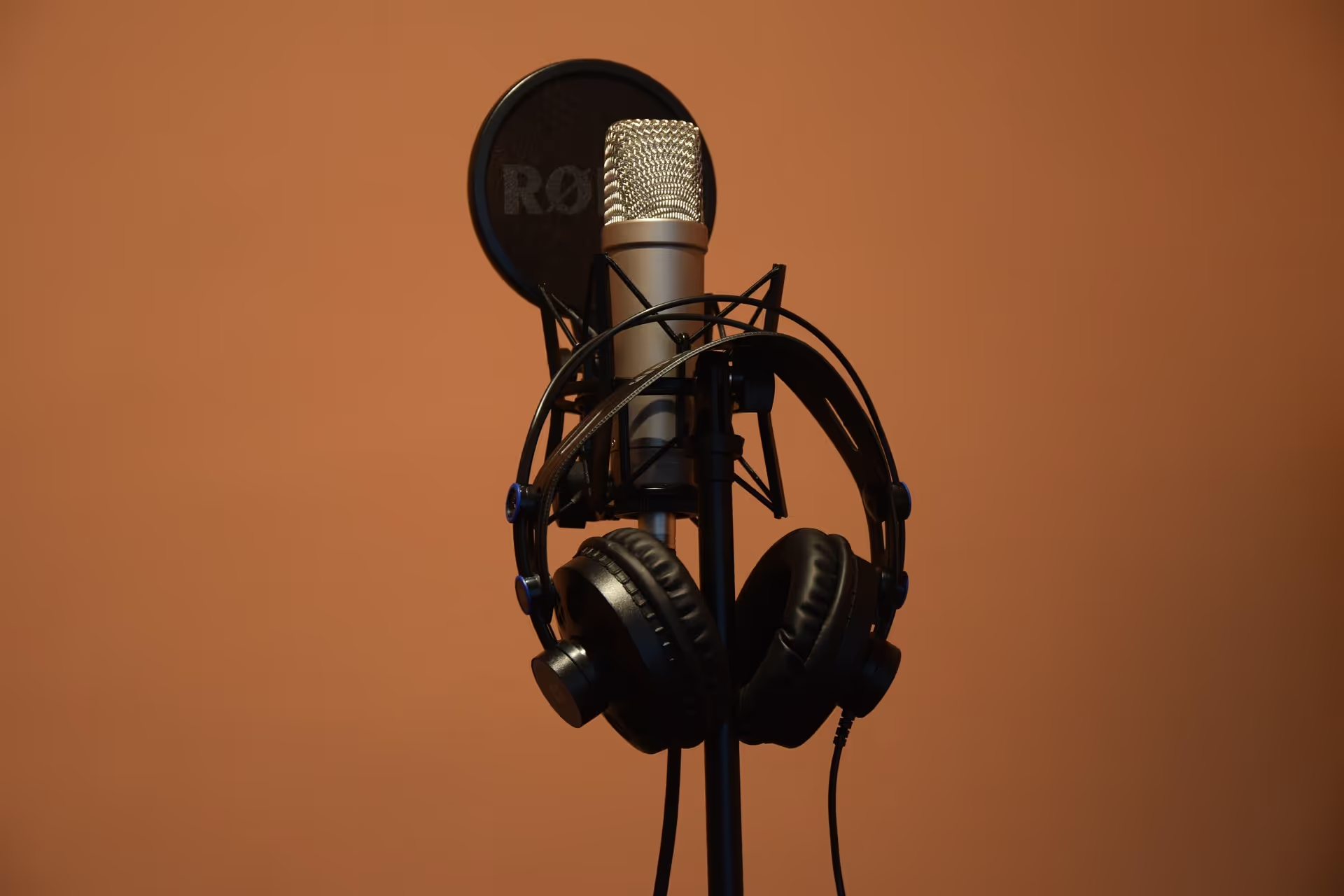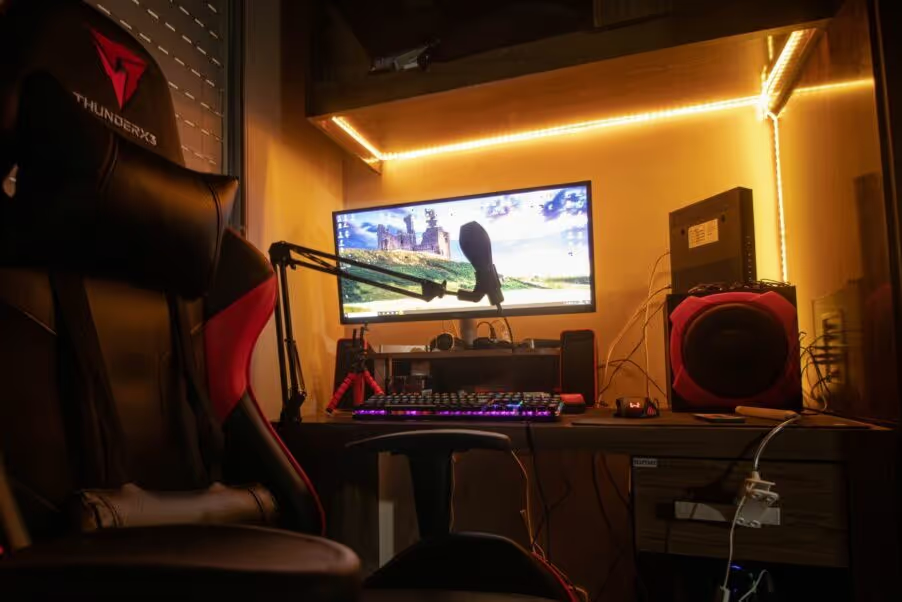
Let’s look at the best in-ear monitors and why we like them.
We’ll compare what qualities IEMs should have that are important to the experience.

It’s evident why the T3s get nod from the budget-seeking crowd. The sound profile is balanced and detailed. Clear mids, decent highs, and a controlled bass make for a more than satisfying experience. The audio definitely punches above the price point.
The metal housing feels durable, and the inclusion of detachable cables adds the reassurance of longevity. Its designed for comfort and includes various ear tip options to make sure of it. Extended listening sessions (3+ hours) were had with no discomfort.
Microphonics can be noticeable depending on the context. The noise isolation could be better, and the absence of inline controls might be a deal-breaker for some.
While the T3s offer a solid performance, expectations should be managed. They won’t blow your mind, but they will provide reliable and reasonably impressive audio. A sensible choice for those looking for quality on a budget. Keep reading for our pricier recommendations for IEMs under 200.


Let’s start with the sound.
The FH3’s balanced sound profile is great for specific live performers. Its hybrid driver setup delivers clear mids and crisp highs. A well-defined representation of vocals and instrumentals. The punchy bass, while not overpowering, ensures a solid low-end presence for these IEMs.
With stainless steel housing, the FH3s are built to withstand live performances. Crucial for performers who frequently need gear that can handle the demands of touring.
The MMCX connectors add practicality. During live performances where gear might need quick replacements, the MMCX connectors make it easy. You can simply swap out cables in seconds.
Comfortable and fit for extended use. The various ear tips included with the FH3 allow artists to find the most suitable fit for their ears, minimizing discomfort.
While not absolute, the FH3 provides great isolation. External noise and stage monitoring can be a challenge, isolation can help performers focus on their own mix without being affected by external sounds.
The FH3’s simple design and sound make them work for different genres and performance styles. Whether you’re a vocalist, instrumentalist, or part of a band, these IEMs deliver well for the price tag.
A drawback would be the lack of inline controls. Some performers will need quick volume adjustments or track changes during live shows.


The real deal!
The sound profile is clear and balanced. Detailed mids and highs that feel premium in the ears. The bass is well-felt but doesn’t override the rest of the frequency range. Solid audio that listens well at the price point.
Build-wise the sturdy stainless steel housing feels indestructible. The MMCX connectors and detachable cables are a welcome but expected feature.
We didn’t find comfort to be a problem but this is subjective. They include different ear tips for preference.
The only drawback of these IEMs is the absence of controls. These could be a big sticking point if you’re inclined to them as a necessity.


A perennial favourite, especially for its bass response and overall sound quality.
Our premium pick for the best IEMs under 1000 is the Shure SE846s.
Flawless and defined sound profile. Their 4-driver setup gives each frequency range its place to thrive. 2 drivers power the bass range, 1 for the mids and 1 for the highs. Crystal-clear highs, rich and detailed mids, and a bass response that’s not just present but truly felt. It’s a sonic experience that doesn’t disappoint.
Their USP is customizable sound signatures. Their included nozzles allow users to tweak the frequency response to their liking. Some might find the difference in sound subtle rather than bold.
Their isolation technology claims to block up to 37db of noise. We found that this claim might be questioned depending on your environment. It’s designed to feed the cables over the ear instead of loose and is thoughtful for those moving around at chaotic speeds.
These are going to be excellent purchases for live performers, audiophiles and gamers.

Why do you need in-ear monitors?
In-ear monitors are primarily used in a live performance environment.
When musicians are performing live, it can be incredibly loud and difficult to hear their instruments. This is because the stage can be a chaotic place with loud monitors only adding to the messy sound the musicians have to rely on.
In-ear monitors offer a few solutions at once.
Custom sound mix
Different musicians might want to hear a custom sound mix relative to what they need to hear. For example, a bassist might want to hear more drums than the keyboard. Whereas the keyboard player might want more vocals than drums. Each musician can choose their mix of instruments based on what they need to perform.
Noise isolation
Loud stage environments can be chaotic places with noise coming from the crowd, the acoustics or other distractions. Most IEMs come with noise isolation features so that the sound you hear is focused. It will also save your ears in the long term by being able to listen at lower volumes than the rest of the venue.
Prevents risk of feedback
That horrible high-pitched electronic sound at a live venue where something sounds wrong. Feedback is caused when the output sound is loud enough to be picked up by inputs like microphones. This creates a sound loop which generates the feedback sound.
IEMs take away the sound from the stage monitors, positioned towards the musicians. So there is less sound directed at the microphones which then decreases the risk of feedback.
Gives you freedom to move
Relying on stage monitors will restrict your movement range due to needing to hear the front of the monitor.
IEMs give you the sound you need straight to your ears. There is no need to be stationary. They allow you to move freely and perform as erratically as you would want to.
Do I need wired or wireless IEMs?
Wired in-ear monitors excel in live performances where stability and precision are paramount. Users like their reliability, low latency, and cost-effectiveness. Wired IEMs cater to those who prioritize a detailed and accurate sound profile. Wired monitors are better in situations where signal is crucial, like performing live or recording sessions.
On the flip side, wireless IEMs shine in mobility and flexibility scenarios. Performers can move freely on stage, fostering dynamic and engaging performances. The easy setup of wireless monitors suits fast-paced events. Like music festivals where rapid changeovers between acts are common. The adaptability of wireless IEMs makes them suitable for diverse performance settings. From large venues to intimate gigs, musicians like the freedom to connect with their audience personally.




